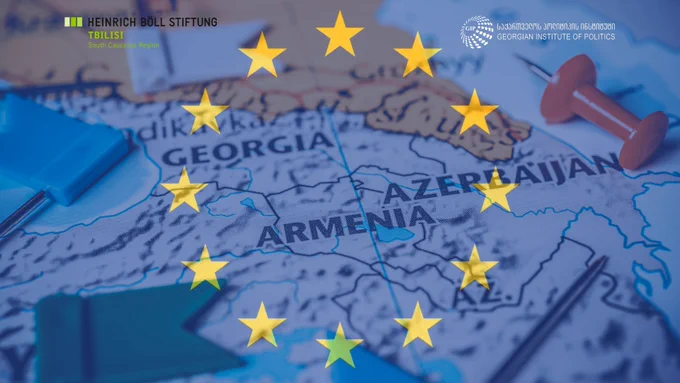By Nikolas K. Gvosdev
(FPRI) — Speaking at the June 2024 Shangri-La Dialogue, US Defense Secretary Lloyd Austin heralded the emergence of “a set of overlapping and complementary initiatives and institutions propelled by a shared vision and a shared sense of mutual obligation.” This was not not a single alliance following the 20th-century model of the North Atlantic Treaty Organization, but a “new convergence” between the United States and like-minded partners. This concept is grounded in a vision presented by US Ambassador to Japan Rahm Emanuel in remarks delivered at the US Naval War College in February 2024, where he defined this “latticework” approach in greater detail.
It is a common trope in national security affairs for senior US officials to stress that the United States, in coping with major global challenges, will work with “allies and partners” to achieve solutions. Often in briefings and testimony, the phrase is spoken as if it is a single compound word, “allies and partners,” with the implication that there is no real difference between the two. And yet there are important and critical differences beyond the merely semantic. Expecting partners to behave like allies is an approach fraught with risk.
Some countries actively seek alliance with the United States and understand that for the benefits of that expanded relationship, they are expected to try and bring into alignment a whole host of domestic and foreign policies with US preferences (or those of the multilateral organization as a whole). For a country, for instance, to join the North Atlantic alliance, it is insufficient to pledge mutual defense assistance. Conditionality for NATO accession requires a whole host of policy milestones, including on democratization, civil-military relationships, economic structures, and so on.;
Yet the achievement of US national security goals—both in terms of dealing with transnational problems like climate change, pandemics, and energy security and geopolitical challenges posed by revisionist powers—requires the assistance of a larger coalition of states beyond formal allies. Thus, as Jada Fraser and Mohammed Soliman have noted, a trend has emerged where the United States looks beyond its formal treaty partners to develop ad-hoc networks: smaller, flexible coalitions of states that can act on specific sets of issues. Similarly, Ash Jain and Matthew Kroening sketch out a “Democratic Trade and Economic Partnership” that accepts the necessity of different tiers: a core group of allies who can pursue closer integration but also a network of partners who associate with the partnership without taking on the obligations of full participation.
The challenge, however, is for a US national security establishment that increasingly defaults to a binary approach (“you are with us or you are against us”) to be able to navigate the gradations of allies and coalition partners—partners are not necessarily embryonic or unconsummated allies. It requires accepting that a partner who is aligned on one issue (or in one geographic theater) may be at odds with the United States in other areas—and how to ring-fence cooperative efforts from disruptions that arise from those disagreements in other areas.
Martin Skold;makes it clear that the United States must be able to understand the difference between “alliance diplomacy” and what he calls “entente diplomacy.” This means, in part, to avoid the temptation to take a minilateral format devoted to cooperation on a specific issue—say, dealing with illegal fishing—and trying to expand it to cover a wider agenda. It means accepting that even if Vietnam makes little or no progress on transitioning towards a true multiparty democracy, Hanoi can be a useful partner in helping to diversify important global supply chains from running through a Chinese chokepoint. By definition, an entente recognizes that a formal alliance is not feasible, but that the participating states share common understandings about specific problems and challenges and wish to work together.
An entente approach, especially in hard security matters, can facilitate what;Theresa Fallon;and others call “strategic intimacy”: falling below the level of a formal alliance but suggesting deeper collaboration than a strategic “partnership.”;
The United States expects major disagreements with allies to be rare. But with partners, there may be a range of domestic and foreign policy divergences. Learning how to accommodate and navigate those differences in light of the overall pacing challenges of China and the climate will test whether the United States can build on these new convergences Austin and Emanuel have identified.
- About the author: Nikolas K. Gvosdev is a 2024 Templeton Fellow and the Director of the National Security Program at the Foreign Policy Research Institute. He is also a Senior Fellow in the Eurasia Program and Editor of Orbis: FPRI’s Journal of World Affairs.
- Source: This article was published at FPRI
